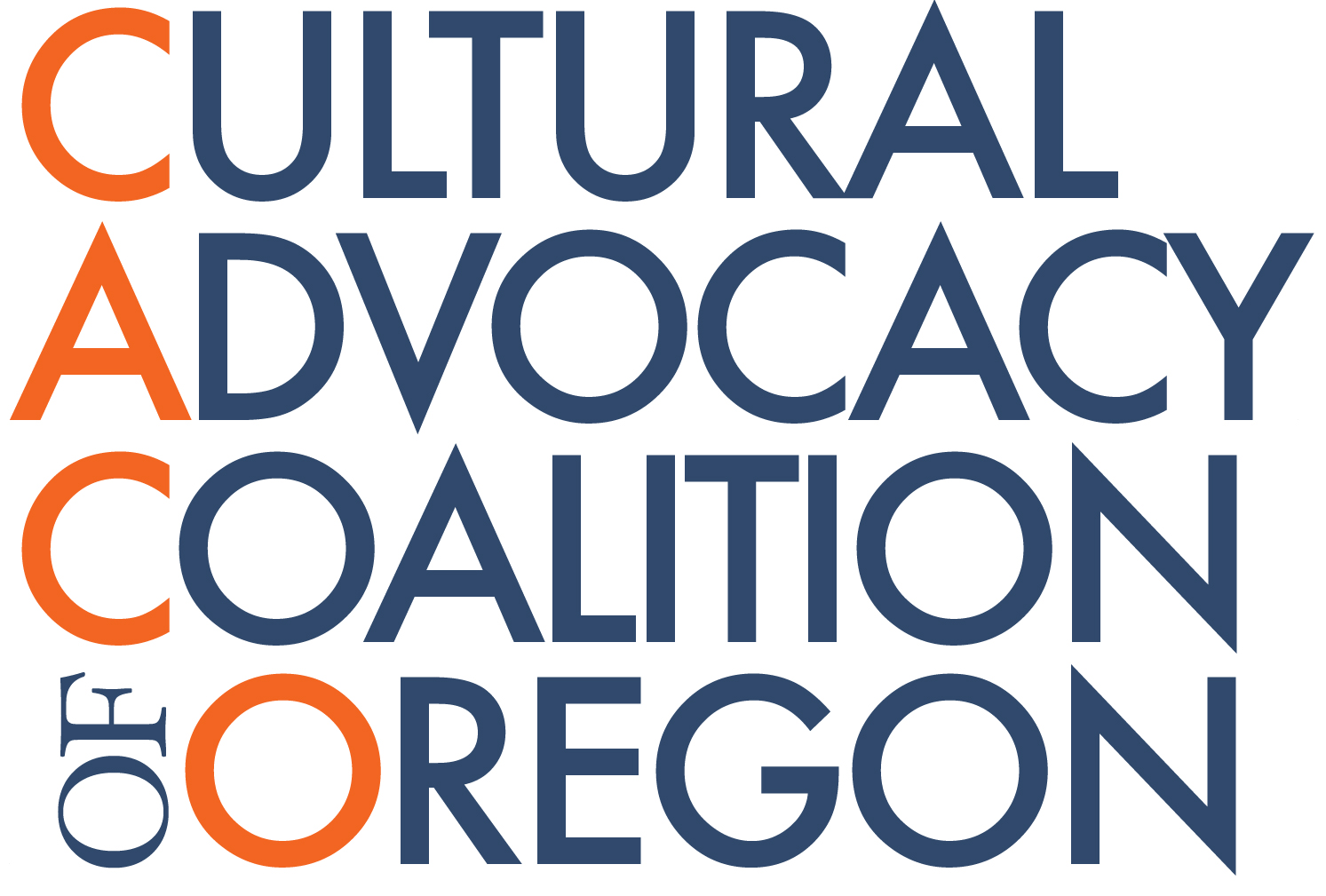The Cultural Advocacy Coalition of Oregon (CACO) was invited to speak in front of the House Committee on Economic Development and Small Business during interim legislative days last week. We’re grateful to CACO board members Isaac Marquez and David Schmitz for representing CACO. The panel is examining the state of the sector and the role it plays in our economy and creating social attachment in our communities.
Our representatives conveyed the stark reality of a sluggish audience return, increased expenses, and cancellations of productions that continue to challenge our recovery trajectory. CACO looks forward to working with Oregon’s legislative leaders on advancing a transformational agenda for the sector, of which includes a $50 million recovery package to support arts and cultural entities across the state.
Isaac and David spoke about the economic and social impacts the sector and our communities have experienced. All of the speakers touched on the impact of COVID, thanked the legislature for past recovery support, and spoke about what’s happening now. You can watch the hearing here.
The following is a summary of the points they made:
Isaac Marquez, Vice President of CACO and Cultural Services Director of Eugene
- Oregon is home to over 1,500 cultural organizations
- Thanks to Oregon Arts Commission to champion the Arts & Economic Prosperity 5 study, examining impact across the state (evaluated FY 2015):
- 22,299 jobs and generated $469.5M in household income
- More than half of our overall impact is generated by entities outside of the Portland area
- AEP6 includes 21 communities and will be available in October 2023
- Knight Foundation Study: People with access to arts and cultural activities are more attached to their communities in both feeling and action
- Cities with the highest levels of attachment had the highest rate of GDP growth
David Schmitz, CACO Board Member and Executive Director, Oregon Shakespeare Festival:
- 85% of audience travels from more than 50 miles away
- Audiences spend 3-4x in the community of what they spend in our theater, spending roughly $100M annually in the Ashland area
- We introduce thousands of high schoolers to theater and empathy
- Have programs for large and small class sizes
- We face a fiscal cliff like none we’ve experienced; we had to lay of 90% of staff and were closed for 18 months
- Audiences are not coming to our venues in the same way as they did in 2019
- Experts are saying that patrons will be spending 50% less
- In 2022, we saw 46% of the attendance we saw in 2019
- Planning for a five-year recovery
- Working against tailwinds of a recession
- Need private and public partnership to survive
Thank you to Isaac and David for representing the creative sector!

